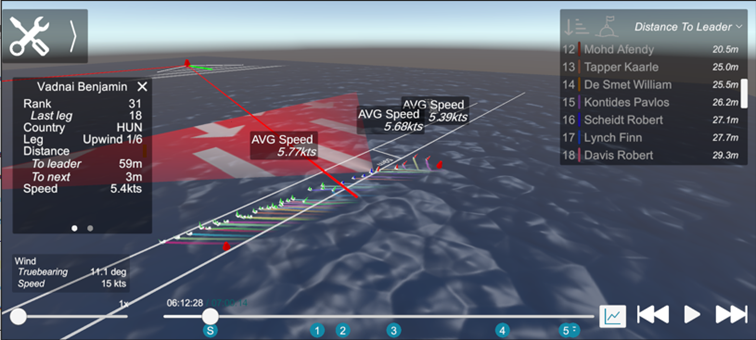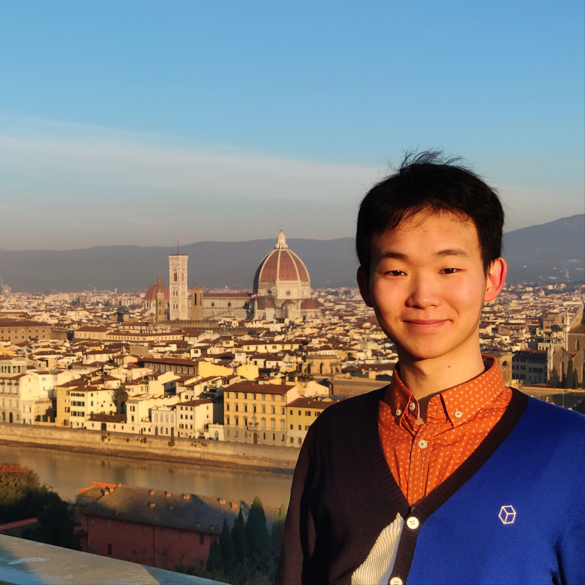Project: Thumbnail Generation
Description

One objective of the Sailing+ application is to help newcomers engage with, and learn about, the sport of sailing. Part of achieving this goal is to summarize interesting events when and where they occur. In this thesis, we ask ourselves the question how to summarize a sailing competition in space and time investigation and how to allow a user to navigate in the information to be able to obtain an overview of the race. It is often difficult for newcomers to the sport of sailing to understand the strategies sailors employ and the factors that go into strategic decisions.
A first step is to develop a solution to extract static or animated thumbnails that contain the necessary information to interpret a race event of interest occurring during a race, which includes important race events such as wind-changes, penalties, and significant overtakes.
These thumbnails might be a 3D rendering of the competitors involved, but might also contain additional annotations (lines, arrows, etc.) indicating the nature of the event, such as a significant wind-change or a collision.
The project should attempt to identify general camera and time constraints for rendering, based on relevant event details.
The student will investigate general methods of summarizing and navigating in between these events, as well as covering solutions to handle live races where events occur in real-time. The student will relate their work to literature on sports annotation and visualization.
Finally, a user-study might be carried out to identify the most engaging or clear rendering of thumbnails, along with user experience of their presentation within the application.
As a baseline, one could imagine the following work plan;
1) Find literature on rules for sports photography
2) Translate these rules (if needed) to sailing
3) Devise a view-based error measure that involves various terms to incorporate the multiple targets: layout constraints such as the 1/3rd rule, size of the boats, angle to the boats, visibility of the event (e.g., a collision) as a hard constraint, exposure time (to incorporate motion blur to visualize speed), etc.
4) Devise an optimization strategy to adjust the virtual camera to minimize the previous view-based error measure.
5) Incorporate camera interpolation between these determined views.
6) summarize the race events in a space-time tree
Details
- Student
-
 Bailiang Li
Bailiang Li
- Supervisor
-
 Huub van de Wetering
Huub van de Wetering